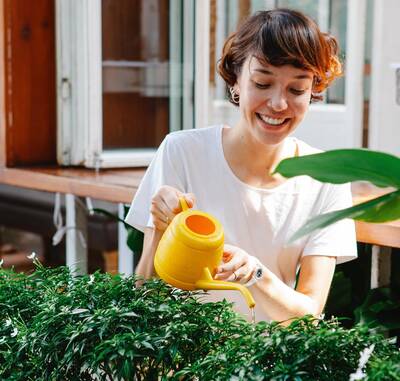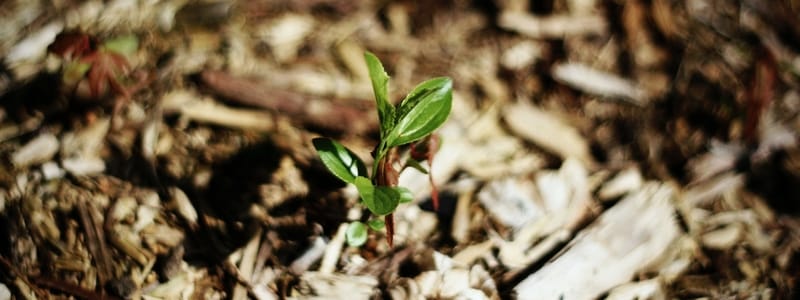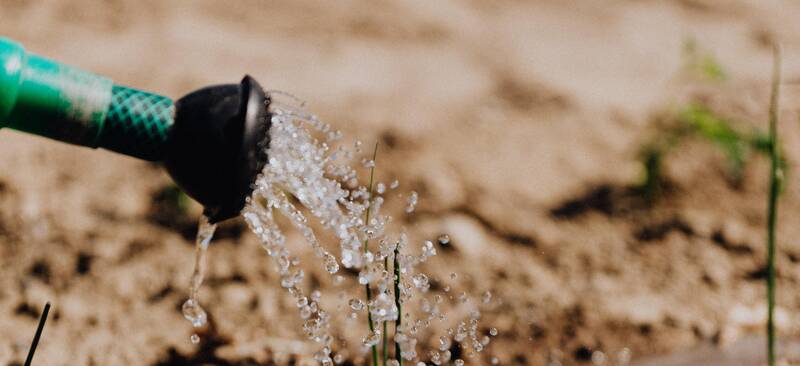Watering Plants in Summer
Watering Plants in Summer
In the dry Australian summer, watering is an essential part of your gardening routine. It’s also important to value water as a limited resource, and know how to use it as efficiently as possible without leaving thirsty plants high and dry.
Here are a few tips to get the most out of watering your garden this summer.
When to Water Your Garden in Summer
 There are conflicting opinions out there about what time of day is best for summer watering. Many people believe that evening is the best time, as water won’t be lost through heat exposure. However, plants tend to uptake water more during the day, so watering in the morning sets them up for the day ahead.
There are conflicting opinions out there about what time of day is best for summer watering. Many people believe that evening is the best time, as water won’t be lost through heat exposure. However, plants tend to uptake water more during the day, so watering in the morning sets them up for the day ahead.
Ideally, water before the day’s heat sets in, but don’t stress if you miss a morning watering – you can still water at night. In general, avoid watering in the hottest parts of the day. On extremely hot days, two waterings may be necessary, particularly for plants in pots (which tend to dry out faster) and establishing plants.
Watering techniques
Deep watering
‘Deep watering’ refers to watering that aims for water to penetrate at least 20cm into the soil. This is required for plants with deeper root systems, like trees, which will not receive much benefit from water sitting near the soil surface.
Accomplishing this depends on a number of factors, including the soil type (which affects how quickly water runs through the soil), speed of watering, and the amount of local rainfall.
In general, applying a slower stream for a longer period of time will result in a deeper watering than a quick heavy spray, which may result in run-off and wasted water that doesn’t get to the roots.
It may be a bit of effort but if done correctly, you won’t need to water as frequently. You can also use a hands-free solution such as Water Right Slow Release Watering Bag.
Lighter Watering
Plants with shallow root systems are better off with more frequent, lighter watering. For example, lettuces should be watered most days in summer, as they rely on water closer to the surface of the soil, which evaporates quickly. Other veggies, like carrots, will likely be somewhere in between.
When watering the veggie patch, aim to water directly onto the soil where possible. This will minimise the risk of fungal infections developing on wet foliage.
Water Conservation Tips
In the Australian summer, water conservation is an important consideration for gardeners. There are a number of things you can do to make your water usage more efficient, ensuring your plants can make the best possible use of the water and minimise run-off.
Mulching is a must
Mulching is a must during summer, assisting soil to retain moisture for longer and giving plants time to draw it in through their roots. As a bonus, it regulates soil temperature, keeps weeds at bay and provides nutrition for late summer crops as it breaks down. Lucerne hay, pea straw and sugar cane are all great for mulching.

Self-watering systems
If you’re likely to be away on holidays or simply too busy for daily watering over summer, it’s worth looking into irrigation systems or self-watering beds. In general, these are more water efficient and more effective than timed sprinklers, because they target specific areas by design.
Target Key Areas
The GreenWell Water Saver Plant Surround can be used to concentrate water and mulch in the places they are needed most – that is, around the root zone of individual plants that may be most vulnerable to stress from water loss. This product makes it simple to water plants in a targeted, strategic way.
Need more tips?
Find out more about hot season gardening in our post on summer plant care.








Comments are closed.